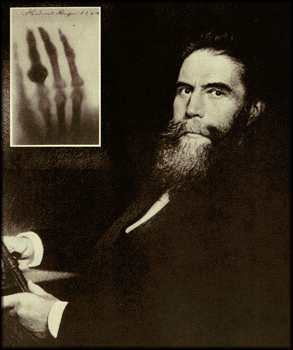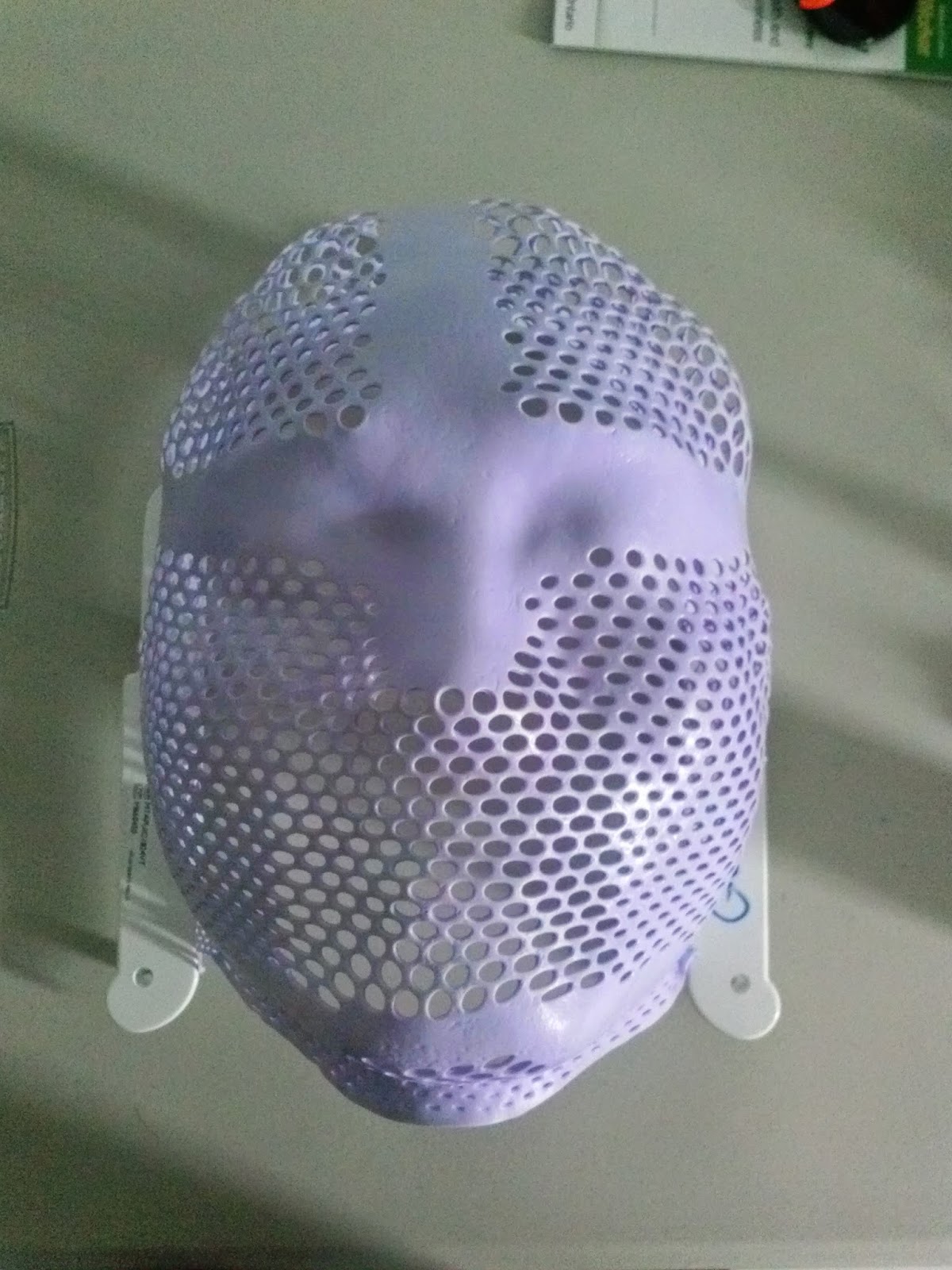Welcome to the first Medical imaging Word of the Day! Here is how it works:
1- I introduce and discuss a word.
2- You have to use the word in a sentence by the end of the day. No need to use it in the correct context – actually out of context is more fun and elicits a more entertaining response!
OK, here we go. The word of the day is Roentgen – typically pronounced “Rent-gun”.
Wilhelm Roentgen was a physicist from northern Germany who in 1895 was the first to detect the now famous x-ray. Interestingly, he was not the first to produce them. The x-ray is part of the electromagnetic spectrum that contains shorter wavelengths (0.01 to 10 nm) than visible light (390-700 nm). We will talk about this in another post as today it is about Roentgen.
The interesting discovery was that it was a new kind of light – one that could not be seen but could be detected. Most importantly it gave physicians the ability to peer inside the body of a patient without having to cut it open – a camera that can see inside the body.
An interesting and maybe ironic fact is that Roentgen – the discoverer of a new way to “see” – was blind in one eye (from a childhood illness) and color blind.
Here are some other interesting facts:
- Following his discovery the “Roentgen unit” was described and used to measure x-ray exposure (one R is 2.58×10−4 C/kg). About 500 R over 5 hours is considered a lethal dose for humans.
- Roentgen was the first scientist to receive the Nobel prize in physics in 1901. He refused to patent his discovery and gave the entire prize money to his university. Wow, what a guy!
- He died of colon cancer in 1923.
So, now we have to use “Roentgen” in a sentence. Here are two examples:
Serious: Hey Frank, I see you just came back from having a chest x-ray. Did you know that you just received about 1/20 of a Roentgen? Oh, and I am glad to hear you don’t have pneumonia…
Not so serious: Hello, I will be travelling to Europe this summer and will need to exchange some Canadian dollars for Euros. Could you tell me the exchange rate? And while you’re at it, what is today’s rate on the Roentgen? Never heard of that currency? Really? It’s German I think…
OK, unbelievably I found a music link to Roentgen! Hyde produced an album named “Roentgen” and one of the main tracks is aptly called “Unexpected“. Yup, I’m serious…
See you in the blogosphere,
Pascal Tyrrell

















